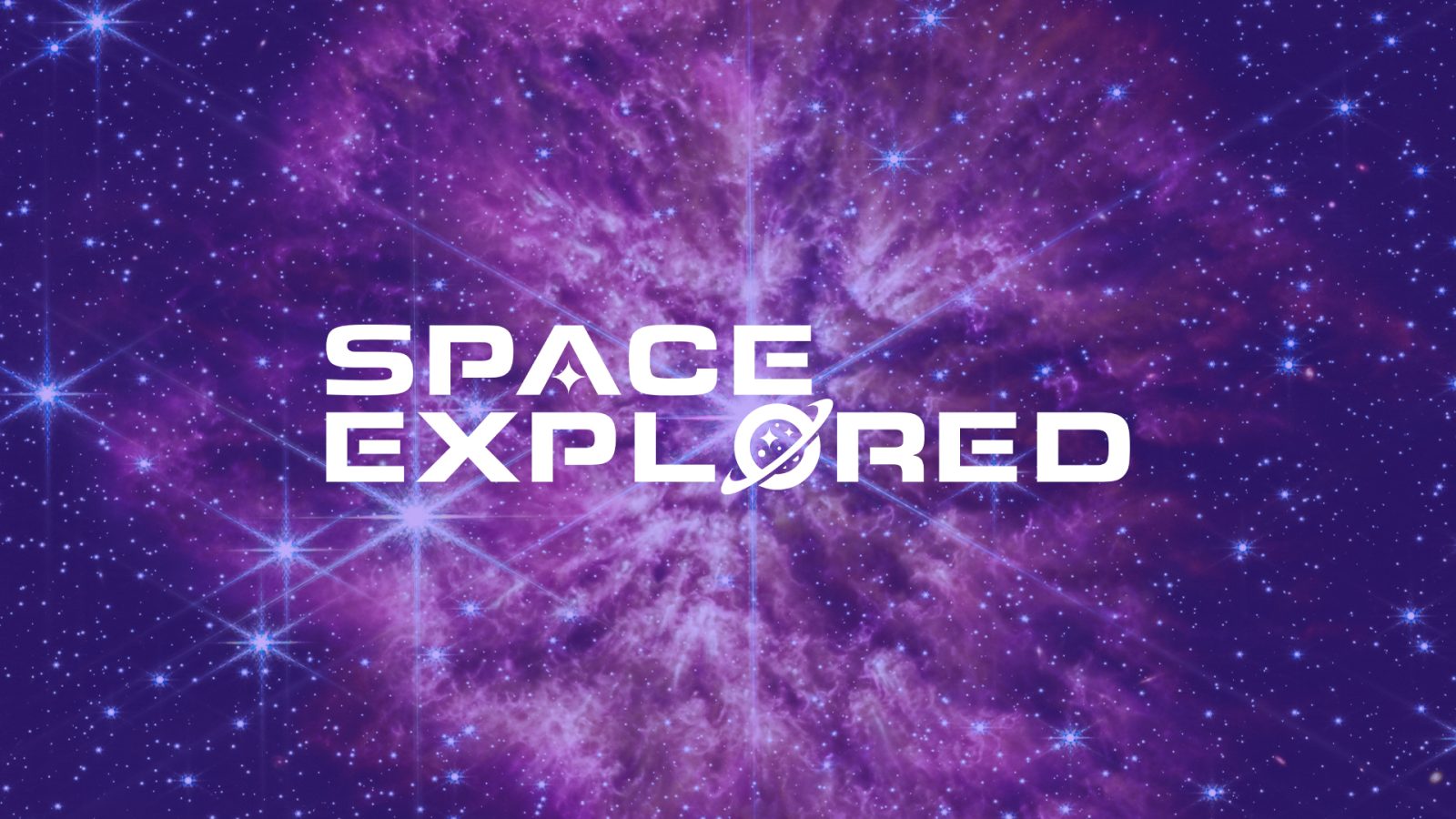
Earlier today, Planet Labs released comparison imagery of the town of Lahaina on the island of Maui in Hawaii. Void of its typically lush green landscape, photos and videos from the ground have revealed the devastation and deeply personal, emotional, and cultural effects. Now, we get to see the widespread and visual destruction from thousands of kilometers up.
Lahaina, a place with cultural roots dating back centuries, a vacation destination, and a place of permanent residence for nearly 13,000 (2020 Census). Already claiming several dozen lives, this fire has wreaked havoc across the town. Buildings that previously housed shops for tourists and locals to get fresh fruits and Hawaiian-inspired and decorated clothing have been reduced to little more than the ground they once stood on.
From 1802 to 1845, the town of Lahaina was the capital of the Kingdom of Hawaii, shortly after the unification of the islands. Front Street, where the bustle of the town once centered, dates back hundreds of years. Now, Front Stree and its landmarks are barely distinguishable.
The images above show a stark comparison of Lahaina before and after the deadly and uncontrollable fire raged through the town. Front Street, the street closest to the coastline on the bottom half of the images, now depicts buildings burned to rubble and active fires along its sidewalks.
Join our Discord Server: Join the community with forums and chatrooms about space!
What does the satellite imagery reveal?
In the hours and days since fires first reached the town, cell phone video and aerial imagery depicted what life is like on ground level. However, the true scale of the widespread impact was still hard to fathom. The six comparison images released by Planet Labs show three different focal lengths.
A view focused on the northern side of town vividly shows the boundary between charred and intact homes. While some green trees remain, the smoke billowing from lingering fires hinders the satellite’s view of the very little remaining greenery.
How were these images captured?
Planet Labs operates over 200 satellites, however, 21 of their satellites, called SkySat, are responsible for these images. The newer SkySats operate in a 500 km sun-synchronous orbit. The highest resolution satellite in its arsenal, the Planet Labs SkySat satellite can image up to 50 centimeters per pixel. For example, at that resolution, a car would be roughly 17 pixels. Although it’s quite small, this allows rich detail of larger structures like houses and stadiums.
First launching in 2013, SkySat satellites have hitched a ride on a number of rockets, from Vega to Minotaur, most recently, SpaceX‘s Falcon 9 Block 5, accompanied by Starlink satellites. The latest set of satellites includes 13 SkySat-C satellites, which each weigh between 110 and 120 kg. SkySat-16 through SkySat-21 were built by Maxar Technologies and are each about the size of a mini refrigerator.
FTC: We use income earning auto affiliate links. More.



Comments